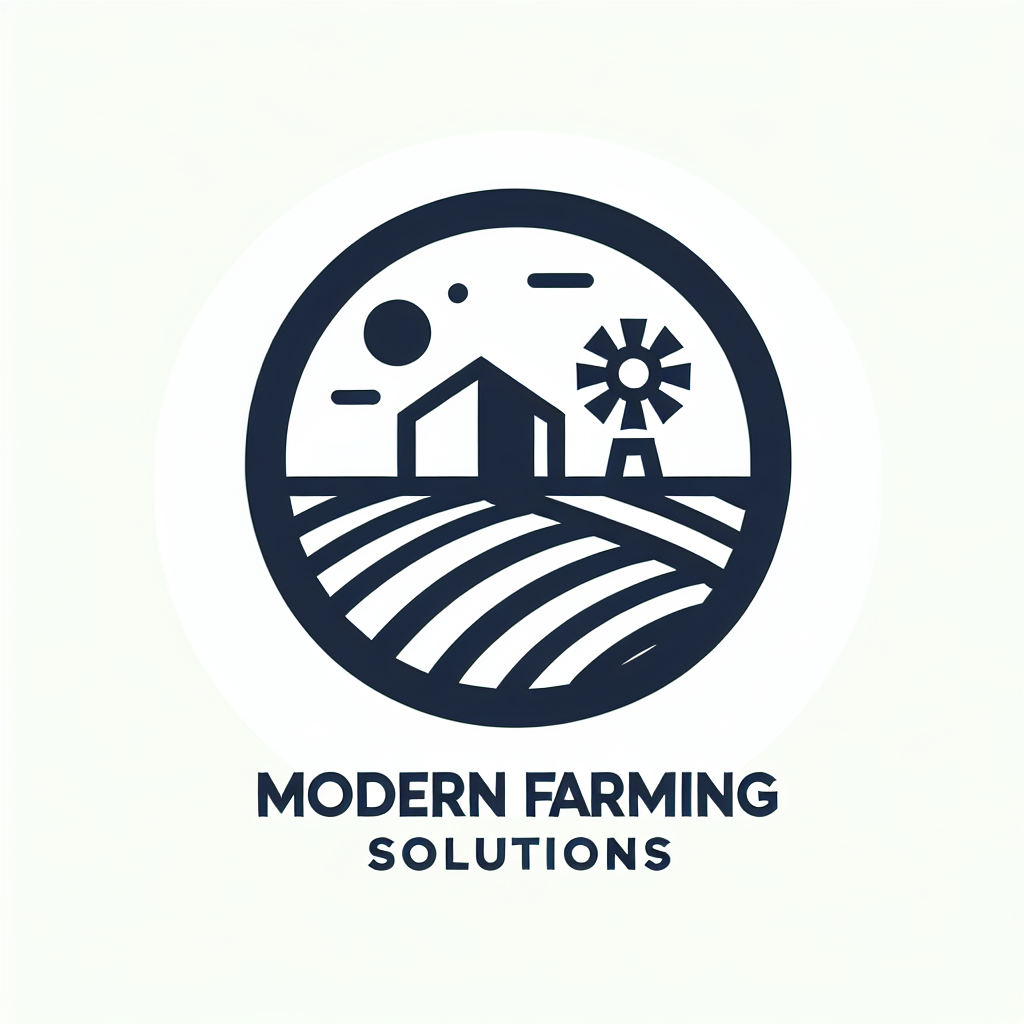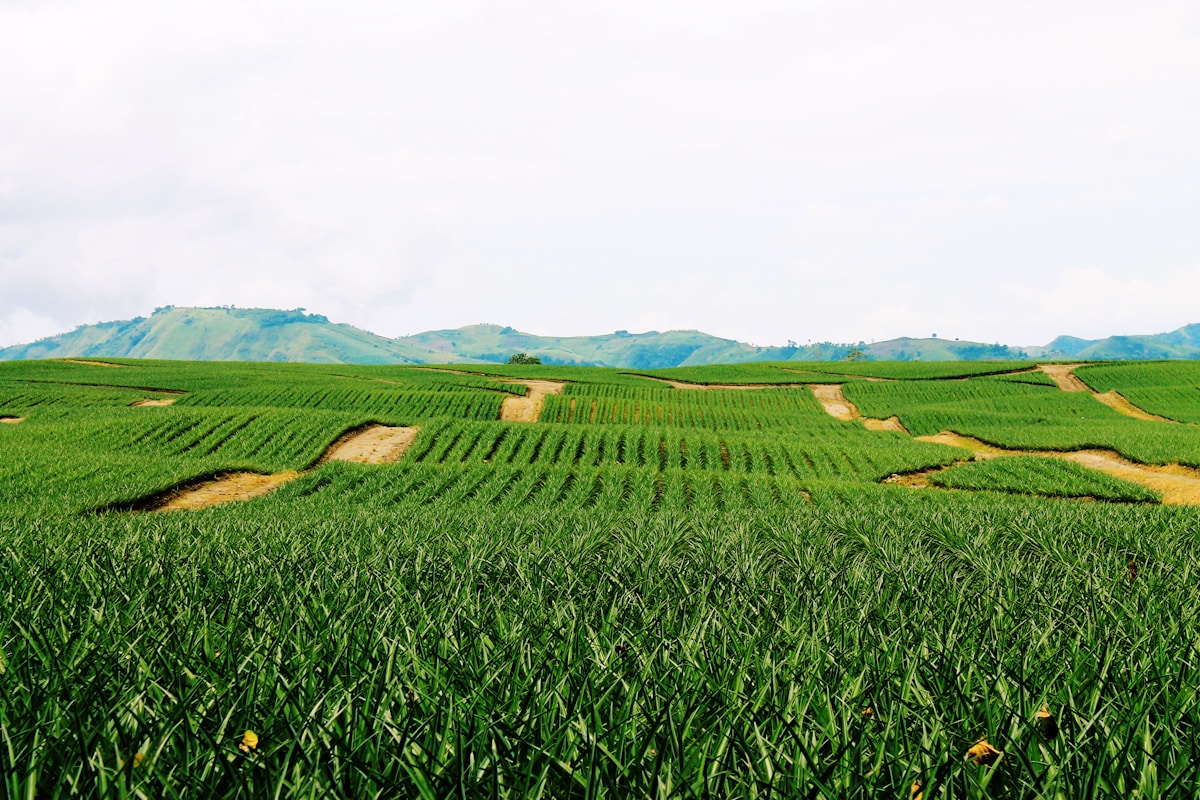Introduction to Drone Technology in Agriculture
In recent years, drone technology has revolutionized various industries, and agriculture is no exception. Drones, also known as unmanned aerial vehicles (UAVs), are being increasingly adopted by farmers for a range of applications. From aerial imaging to precision agriculture, drones are enhancing farming practices, improving crop yields, and promoting sustainable farming solutions.
How Drones are Used in Agriculture
1. Aerial Imaging
Aerial imaging is one of the most significant applications of drone technology in agriculture. Drones equipped with high-resolution cameras can capture detailed images of farmland. These images provide valuable insights into crop health and growth stages.
- Crop Monitoring: Drones can identify areas of stress in crops due to pests, diseases, or nutrient deficiencies.
- Field Mapping: Farmers can create detailed maps of their fields, helping them understand the layout and variability of their crops.
- Growth Monitoring: Regular aerial images allow farmers to track crop development over time.
2. Precision Agriculture
Precision agriculture is an approach that uses technology to monitor and manage field variability in crops. Drones play a crucial role in this process by providing accurate data that helps farmers make informed decisions.
- Soil Analysis: Drones can conduct soil analysis by capturing images that highlight different soil types and conditions.
- Variable Rate Application: Farmers can use drone data to apply fertilizers and pesticides more precisely, reducing waste and environmental impact.
- Irrigation Management: Drones can help identify areas in need of irrigation, ensuring water is used efficiently.
Benefits of Using Drones in Agriculture
1. Increased Efficiency
Drones significantly enhance the efficiency of farming operations. Traditional methods of crop monitoring and data collection can be time-consuming and labor-intensive. Drones automate these processes, allowing farmers to cover large areas quickly.
2. Cost-Effectiveness
While the initial investment in drone technology may seem high, the long-term savings can be substantial. By using drones for monitoring and precision agriculture, farmers can:
- Reduce the amount of inputs like fertilizers and pesticides.
- Lower labor costs associated with manual monitoring.
- Increase crop yields through better management practices.
3. Improved Crop Yields
With the ability to monitor crop health in real-time, farmers can make timely decisions that positively impact yields. Drones help identify issues before they become significant problems, allowing for prompt interventions.
4. Sustainable Farming Practices
Drone technology contributes to sustainable farming by promoting practices that are environmentally friendly. By optimizing resource use, farmers can:
- Minimize chemical runoff into waterways.
- Reduce carbon footprints through efficient practices.
- Enhance biodiversity by maintaining healthier ecosystems.
Challenges and Considerations
Despite the numerous benefits, there are challenges associated with integrating drones into agricultural practices. Some of these challenges include:
- Regulatory Issues: Farmers must navigate regulations regarding drone use, which can vary by region.
- Technical Knowledge: Understanding how to operate drones and interpret data requires training and expertise.
- Initial Costs: The upfront costs of purchasing drones and associated software can be a barrier for some farmers.
Future of Drone Technology in Agriculture
The future of drone technology in agriculture looks promising. As technology continues to evolve, we can expect:
- Advanced Sensors: Drones will be equipped with more advanced sensors for better data collection.
- Integration with AI: Artificial intelligence will allow for more sophisticated data analysis and decision-making.
- Wider Adoption: As costs decrease and technology becomes more accessible, more farmers will adopt drone technology.
Conclusion
Drone technology is transforming agriculture by providing farmers with tools to monitor crops efficiently and implement precision agriculture practices. This innovative technology not only leads to improved yields but also promotes sustainable farming solutions. As the industry continues to evolve, the integration of drones in agricultural practices will likely become a standard, paving the way for a more efficient and sustainable future in farming.

